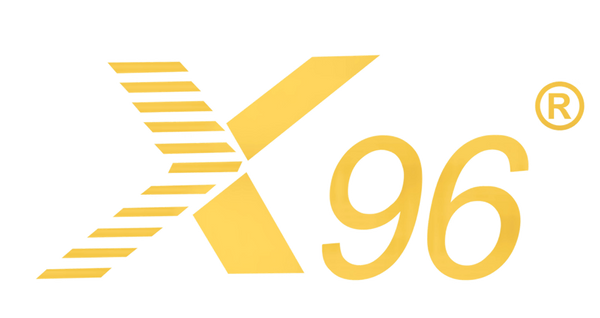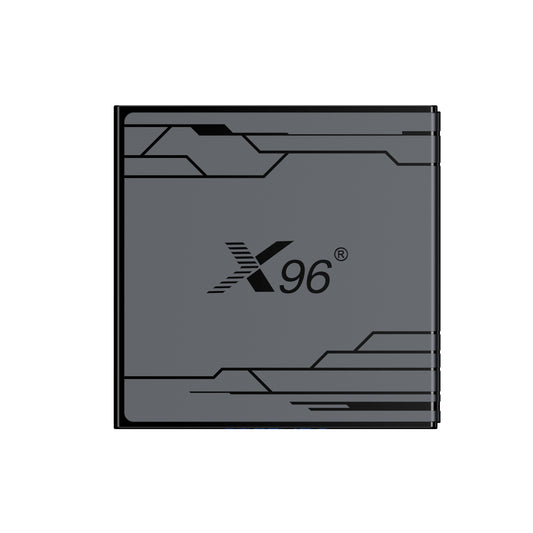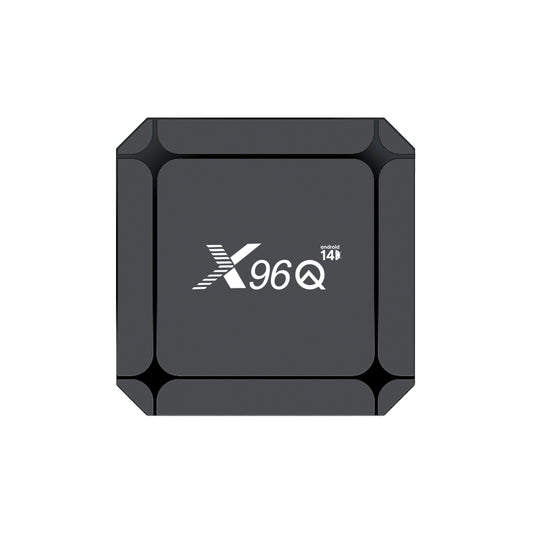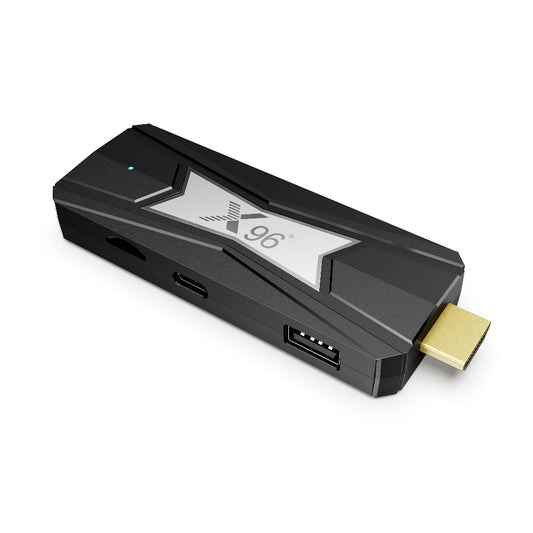
What are the functions of a digital set top box?
When evaluating the features of a digital set top box (STB) from a configuration perspective, several key aspects come into play. These features determine the performance, usability, and overall functionality of the device. Here are the main features to consider
1. What is digital set top box?
A digital set-top box (STB) is an electronic device that connects to a television and an external signal source, such as a cable, satellite, or internet service, to receive and decode digital television signals. Here are some key features and functions of a digital set-top box
2. Types of Digital Set Top Box
1. Cable Set-Top Boxes: Designed for cable television services, these boxes decode encrypted signals from cable providers.
2. Satellite Set-Top Boxes: Used for satellite television services, these boxes receive signals from satellites and decode them for viewing.
3. IPTV Set-Top Boxes: These boxes connect to the internet and allow users to stream television content over IP networks.
4. Hybrid Set-Top Boxes: These devices combine multiple functionalities, allowing users to access content from cable, satellite, and internet sources.
3. Features and functions of a digital set top box
1. Processor: The processing power of a digital set-top box is critical for its performance. Most STBs are equipped with multi-core processors (such as dual-core, quad-core, or higher) that enable smooth operation, quick channel switching, and efficient handling of multiple tasks, such as streaming and recording.
2. Memory (RAM): The amount of RAM in a set top box influences its ability to run applications and manage tasks simultaneously. More RAM (typically ranging from 1GB to 4GB or more) allows for better multitasking and reduces lag when navigating through menus or switching between apps.
3. Storage Capacity: Digital set-top boxes often come with built-in storage options for recording live TV shows or movies. Storage capacities can vary (commonly from 500GB to 2TB or more), allowing users to save a significant amount of content for later viewing. Some models may also support external storage via USB drives.
4. Video Output Resolution: The capability to support various video output resolutions is essential. Many digital STBs offer support for HD (720p, 1080p) and 4K Ultra HD (2160p) resolutions, ensuring compatibility with modern TVs and delivering high-quality video playback.
5. Connectivity Options: A range of connectivity options enhances the functionality of a digital set-top box. Common features include:
- HDMI Output: For connecting to TVs and supporting high-definition video and audio.
- Ethernet Port: For wired internet connections, providing stable streaming without interruptions.
- Wi-Fi Connectivity: Enabling wireless internet access for streaming services and online content.
- USB Ports: For connecting external drives or peripherals, such as keyboards or mice.
6. Tuner Types: Digital set-top boxes may include different types of tuners, such as DVB-T (terrestrial), DVB-S (satellite), or DVB-C (cable), depending on the service they support. This determines the type of signals the STB can receive and decode.
7. User Interface and Remote Control: The user interface (UI) design and remote control features play a significant role in usability. A well-designed UI allows for easy navigation through menus, while remote controls may include features like voice search, programmable buttons, and shortcuts for frequently used functions.
8. Streaming and App Support: Many modern digital set-top boxes come with access to various streaming applications (like Netflix, Hulu, and others) and the ability to download additional apps from app stores. This feature expands the content available to users beyond traditional TV programming.
9. PVR (Personal Video Recorder) Functionality: Some digital set top boxes include PVR capabilities, allowing users to record live TV, pause and rewind broadcasts, and schedule recordings for future shows. This feature is especially valuable for users who want to manage their viewing schedules.
10. Parental Controls and Security Features: Configuration options for parental controls allow users to restrict access to certain content based on ratings. Security features may include encryption and secure access to protect user data and maintain privacy.
4. In summary
The features of a digital set top box, when considered from a configuration perspective, encompass processing power, memory, storage, video output resolution, connectivity options, tuner types, user interface, streaming capabilities, PVR functionality, and security features. These elements collectively enhance the user experience and provide a versatile platform for accessing a wide range of content.




